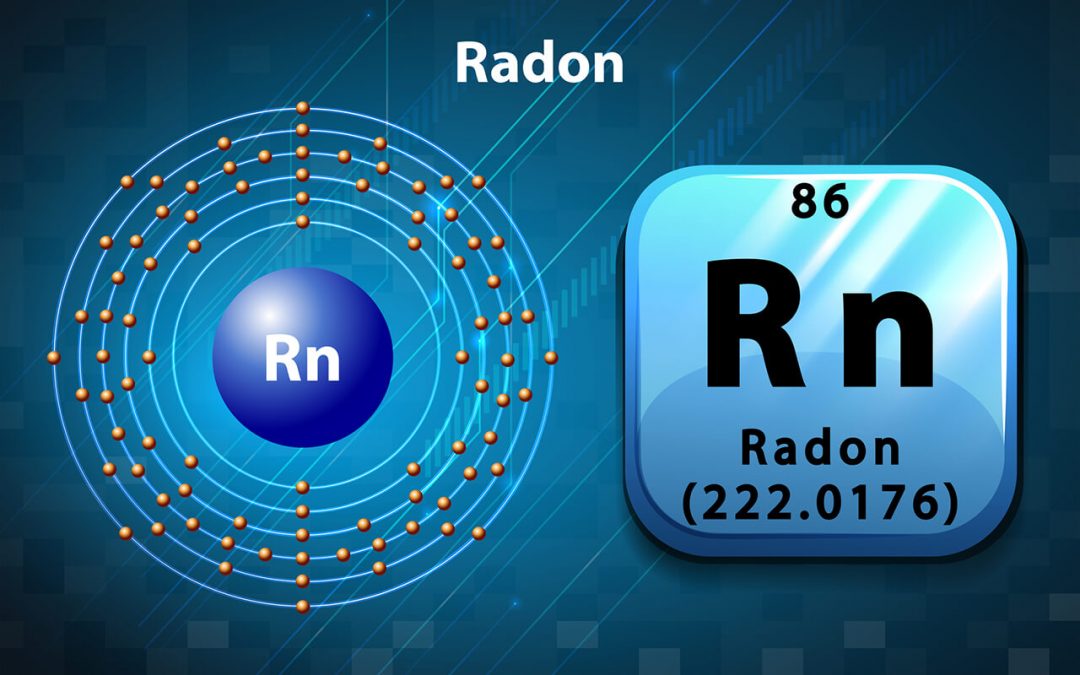The Dangers of Radon
Radon is a radioactive gas that has no odor, color, or taste. It forms as a byproduct of decaying uranium and is found in nearly all soil, rocks, and groundwater. When released outside, the radon disperses harmlessly into the air.
Radon is only dangerous when it accumulates indoors. Once radon is trapped within a home, it can build up and expose the occupants to high levels of radon. Long-term exposure can cause lung cancer, with an estimated 21,000 Americans dying from radon-related lung cancer each year. Radon is the second highest cause of lung cancer after smoking.
Radon in the Home
Radon gas gets into homes directly from the soil by seeping in through cracks in the foundation and gaps in walls and floors. It doesn’t matter how old your house is or in what condition. High levels of radon can exist in any home depending on specific circumstances.
Professional Radon Testing
Since radon exposure can be deadly, testing should be carried out by professionals so that you receive accurate and reliable results. The dangers of radon are too severe to compromise your family’s safety by using a DIY test. There are short-term, long-term, and continuous tests that will return accurate results about the radon in your home.
High Levels of Radon
Results of 4 picoCuries per liter (pCi/L) or higher indicate that a second test should be conducted. While short-term tests give quick results, long-term tests are more accurate. If a second test shows similar levels, then you need to take action to reduce radon in your home.
Reducing the Dangers of Radon
Some simple repairs will lower radon levels in the home, including:
· Repairing foundation cracks and joints with polyurethane caulk.
· Adding an airtight cover to a sump pump.
· Using polyurethane plastic sheeting to cover the soil in crawl spaces.
· Sealing concrete as a temporary solution.
Radon Mitigation System
A professional can install a system that will ventilate your home with PVC pipes. Pipes vent to a sump pit or through a hole in your concrete floor. The system draws air through the vent and radon from under the basement. The vent can be run up the side of your home or out of the roof. After mitigation, be sure to have your home tested again to ensure the measures are working properly.
Peaks and Gables Home Inspection provides inspection services including radon testing in Northern Georgia. Contact us to request an appointment.

